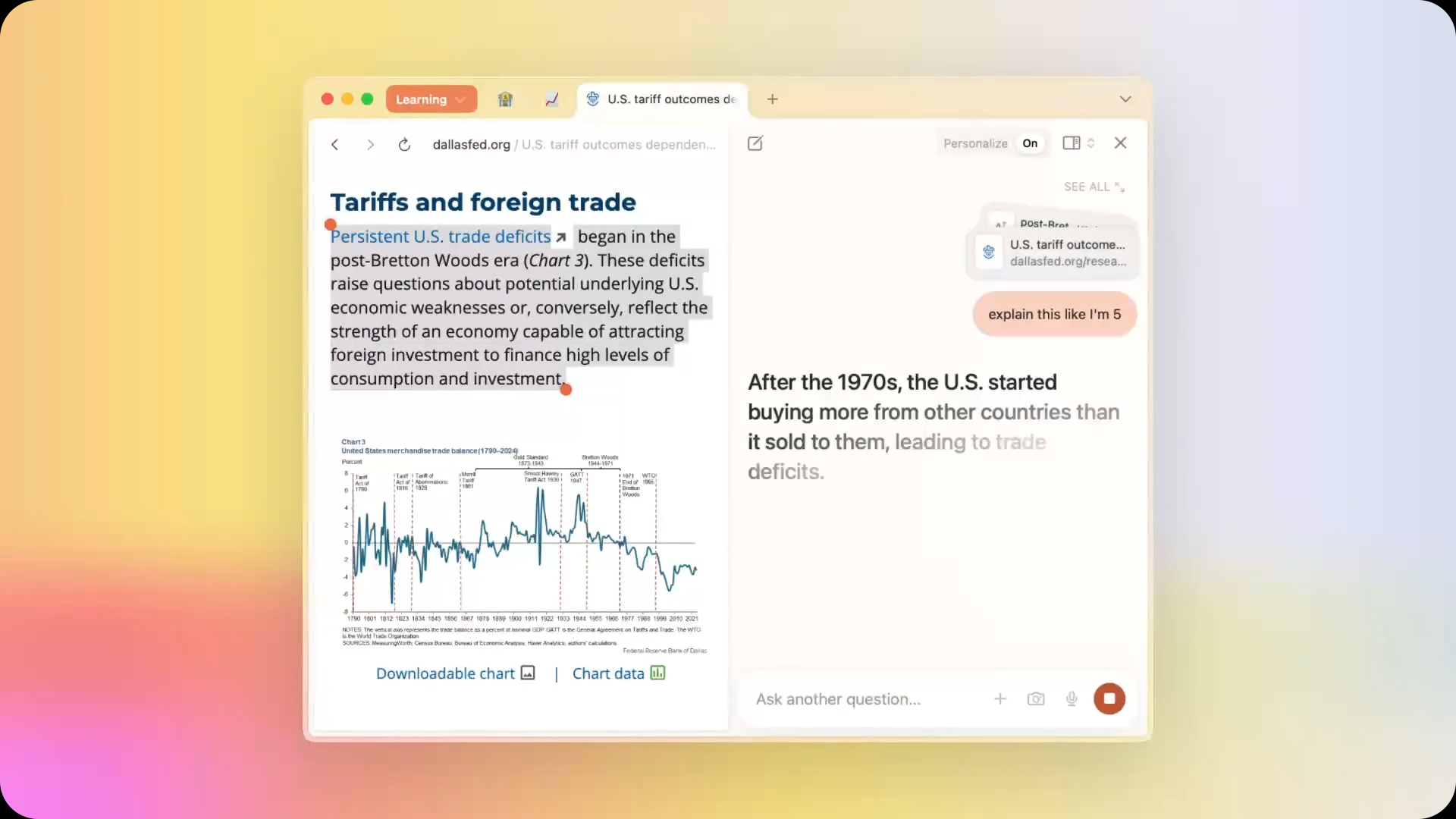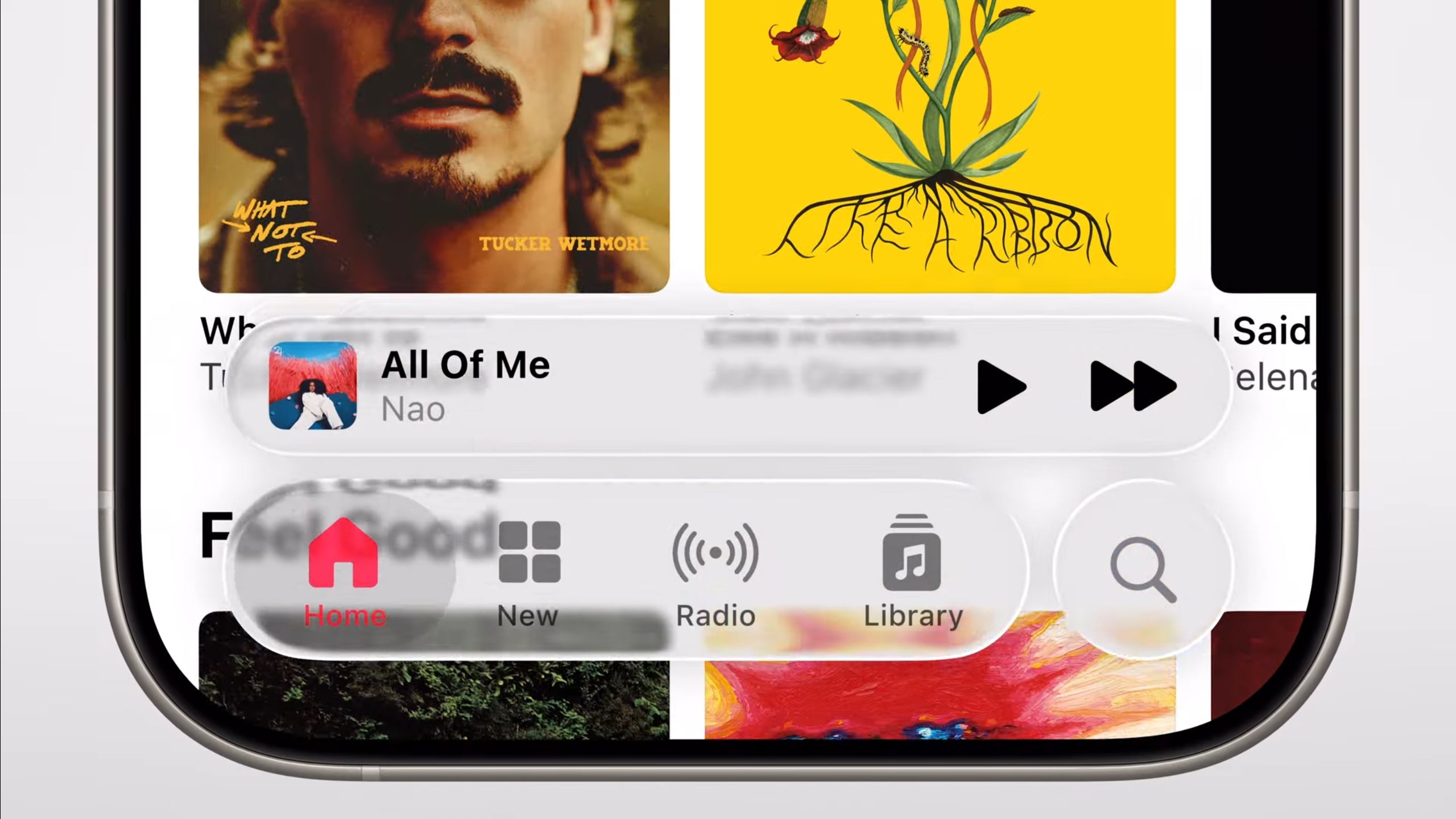How I Use AI to Translate Multi-Language Docs: Tools, Steps & My Results
Multilingual documents are a reality in today's globalized workflows — from legal contracts in French, to scanned invoices in Japanese, to research PDFs in German. Here's how I use AI to translate multi-language documents accurately, fast, and at scale. This guide covers: My full workflow The tools I use (AI and beyond) Tips that help preserve formatting Real results across 20+ document types Why I Needed AI for Document Translation As someone handling technical reports, scanned PDFs, PowerPoints, and subtitles in different languages weekly, I needed something: Fast (manual was too slow) Reliable in multiple languages Able to handle layouts and OCR That's when I began testing AI-based workflows. Tools I Use to Translate Documents with AI Here’s my stack (no-code to low-code): TranslatesDocument My go-to tool for uploading PDF, DOCX, XLSX, PPTX, and subtitle files (SRT, VTT) — it detects the source language automatically, translates into 130+ options, and preserves layout. Azure AI Translation API For programmatic translations in pipelines or batch jobs. WeasyPrint (for HTML to PDF regeneration) This handles document export cleanly, preserving multilingual typography. Tesseract OCR For scanned or image-only PDFs, ensuring text is extracted before translation. My AI-Powered Translation Workflow (Step-by-Step) Here’s a repeatable process that works across different document formats: Upload the file to TranslatesDocument → Supports OCR and auto-language detection Select Target Language (e.g., English, Arabic, Japanese) Let the AI translate the content while keeping layout intact Preview & download the translated document → Optionally convert to PDF with tools like WeasyPrint (Optional) Post-process with Azure TTS if audio dubbing is needed File Types I’ve Successfully Translated PDFs (scanned + native) Word docs (with tables & charts) Excel sheets (multi-tab, formulas untouched) PowerPoints (with styled elements) SRT/VTT subtitles (for video dubbing) I still need to try this out : TXT (for scripts and plain content) My Learnings & Results ✅ 85% reduction in manual editing ✅ Translations retain over 90% formatting accuracy ✅ Handled right-to-left languages (Arabic, Hebrew) smoothly ✅ OCR accuracy high for scanned receipts and reports Pro Tips for Better Results Use OCR-enabled tools when working with scanned files For rare dialects or legal documents, review the tone manually Batch-process multiple files using the API endpoint of tools like TranslatesDocument Always export as PDF after post-processing to lock formatting Why This Matters for AI-First Workflows AI isn’t just for summarizing or chatting. With the right setup, it's transforming how we: Globalize documentation Deliver localized reports Serve clients in native languages at scale If you're managing international docs, using AI like this will save you time and cost — while increasing quality. Where I Do It I use TranslatesDocument as the primary engine for translating structured and unstructured documents. It's been the most consistent tool I've tested after trying many — especially for layout-heavy files. Your Turn Are you using AI for translating files or documents? What tools or methods have worked for you? Drop a comment or share your setup — I’d love to learn more.

Multilingual documents are a reality in today's globalized workflows — from legal contracts in French, to scanned invoices in Japanese, to research PDFs in German. Here's how I use AI to translate multi-language documents accurately, fast, and at scale.
This guide covers:
- My full workflow
- The tools I use (AI and beyond)
- Tips that help preserve formatting
- Real results across 20+ document types
Why I Needed AI for Document Translation
As someone handling technical reports, scanned PDFs, PowerPoints, and subtitles in different languages weekly, I needed something:
- Fast (manual was too slow)
- Reliable in multiple languages
- Able to handle layouts and OCR
That's when I began testing AI-based workflows.
Tools I Use to Translate Documents with AI
Here’s my stack (no-code to low-code):
TranslatesDocument
My go-to tool for uploading PDF, DOCX, XLSX, PPTX, and subtitle files (SRT, VTT) — it detects the source language automatically, translates into 130+ options, and preserves layout.
Azure AI Translation API
For programmatic translations in pipelines or batch jobs.
WeasyPrint (for HTML to PDF regeneration)
This handles document export cleanly, preserving multilingual typography.
Tesseract OCR
For scanned or image-only PDFs, ensuring text is extracted before translation.
My AI-Powered Translation Workflow (Step-by-Step)
Here’s a repeatable process that works across different document formats:
Upload the file to TranslatesDocument
→ Supports OCR and auto-language detectionSelect Target Language (e.g., English, Arabic, Japanese)
Let the AI translate the content while keeping layout intact
Preview & download the translated document
→ Optionally convert to PDF with tools like WeasyPrint(Optional) Post-process with Azure TTS if audio dubbing is needed
File Types I’ve Successfully Translated
- PDFs (scanned + native)
- Word docs (with tables & charts)
- Excel sheets (multi-tab, formulas untouched)
- PowerPoints (with styled elements)
- SRT/VTT subtitles (for video dubbing)
- I still need to try this out : TXT (for scripts and plain content)
My Learnings & Results
✅ 85% reduction in manual editing
✅ Translations retain over 90% formatting accuracy
✅ Handled right-to-left languages (Arabic, Hebrew) smoothly
✅ OCR accuracy high for scanned receipts and reports
Pro Tips for Better Results
- Use OCR-enabled tools when working with scanned files
- For rare dialects or legal documents, review the tone manually
- Batch-process multiple files using the API endpoint of tools like TranslatesDocument
- Always export as PDF after post-processing to lock formatting
Why This Matters for AI-First Workflows
AI isn’t just for summarizing or chatting. With the right setup, it's transforming how we:
- Globalize documentation
- Deliver localized reports
- Serve clients in native languages at scale
If you're managing international docs, using AI like this will save you time and cost — while increasing quality.
Where I Do It
I use TranslatesDocument as the primary engine for translating structured and unstructured documents.
It's been the most consistent tool I've tested after trying many — especially for layout-heavy files.
Your Turn
Are you using AI for translating files or documents? What tools or methods have worked for you? Drop a comment or share your setup — I’d love to learn more.





























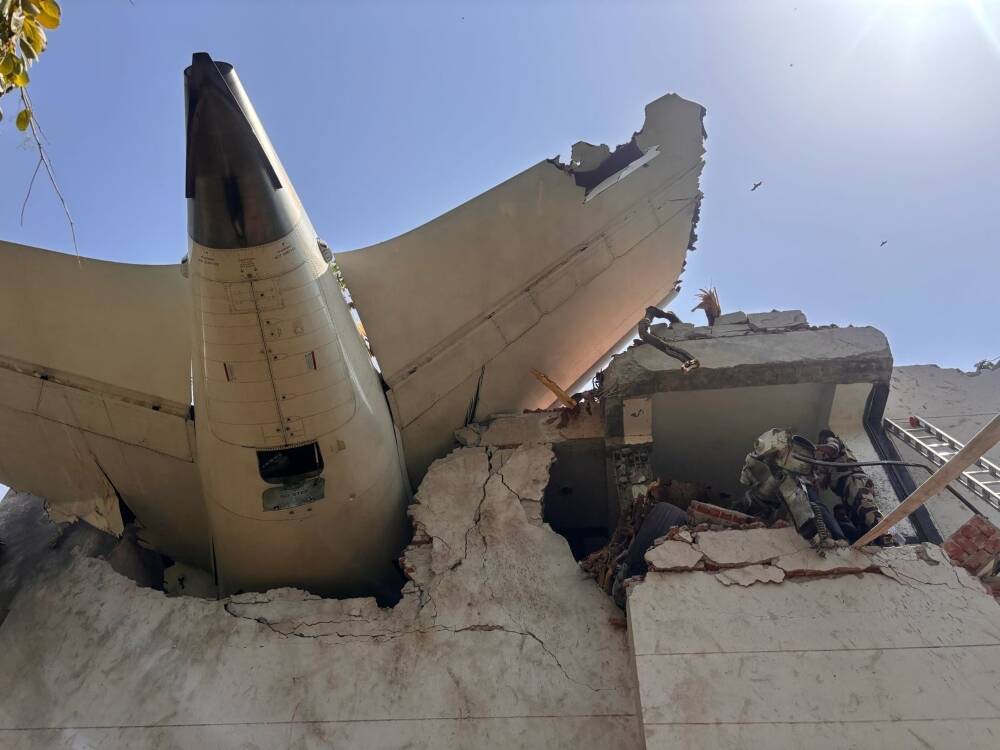












































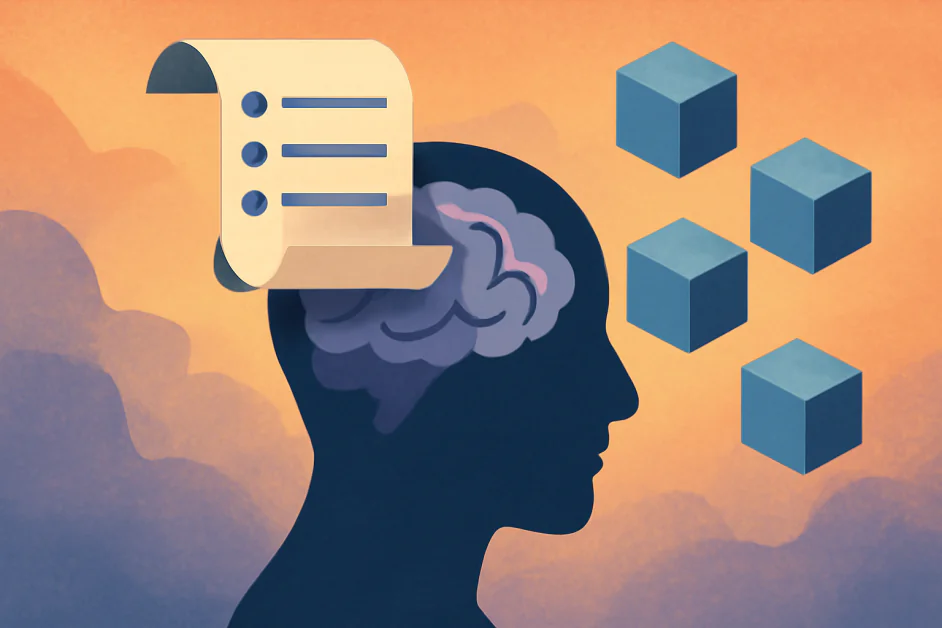






































































![Top Features of Vision-Based Workplace Safety Tools [2025]](https://static.wixstatic.com/media/379e66_7e75a4bcefe14e4fbc100abdff83bed3~mv2.jpg/v1/fit/w_1000,h_884,al_c,q_80/file.png?#)































![[The AI Show Episode 152]: ChatGPT Connectors, AI-Human Relationships, New AI Job Data, OpenAI Court-Ordered to Keep ChatGPT Logs & WPP’s Large Marketing Model](https://www.marketingaiinstitute.com/hubfs/ep%20152%20cover.png)






















































































































![[DEALS] Microsoft Visual Studio Professional 2022 + The Premium Learn to Code Certification Bundle (97% off) & Other Deals Up To 98% Off](https://www.javacodegeeks.com/wp-content/uploads/2012/12/jcg-logo.jpg)




























































































































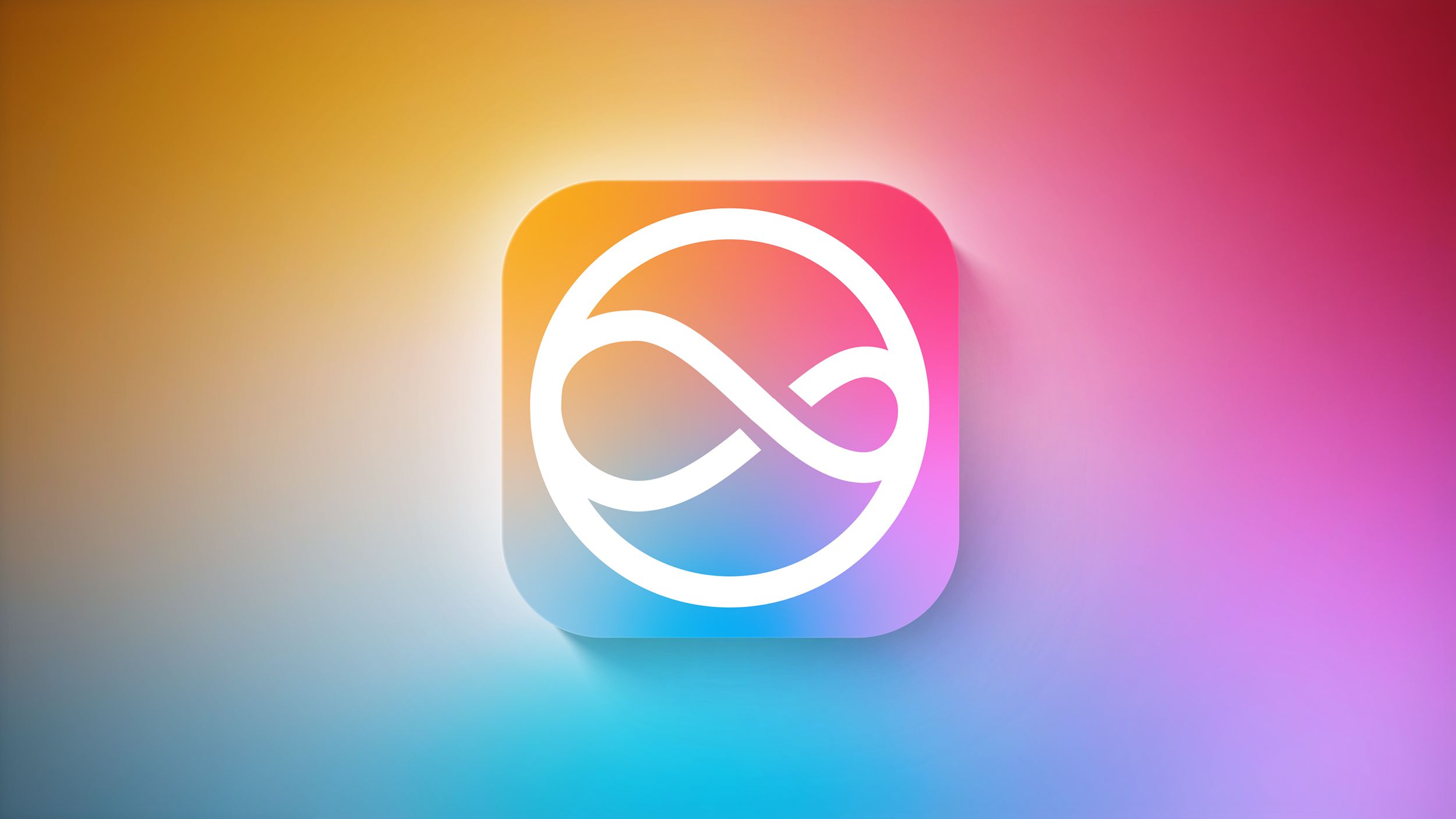
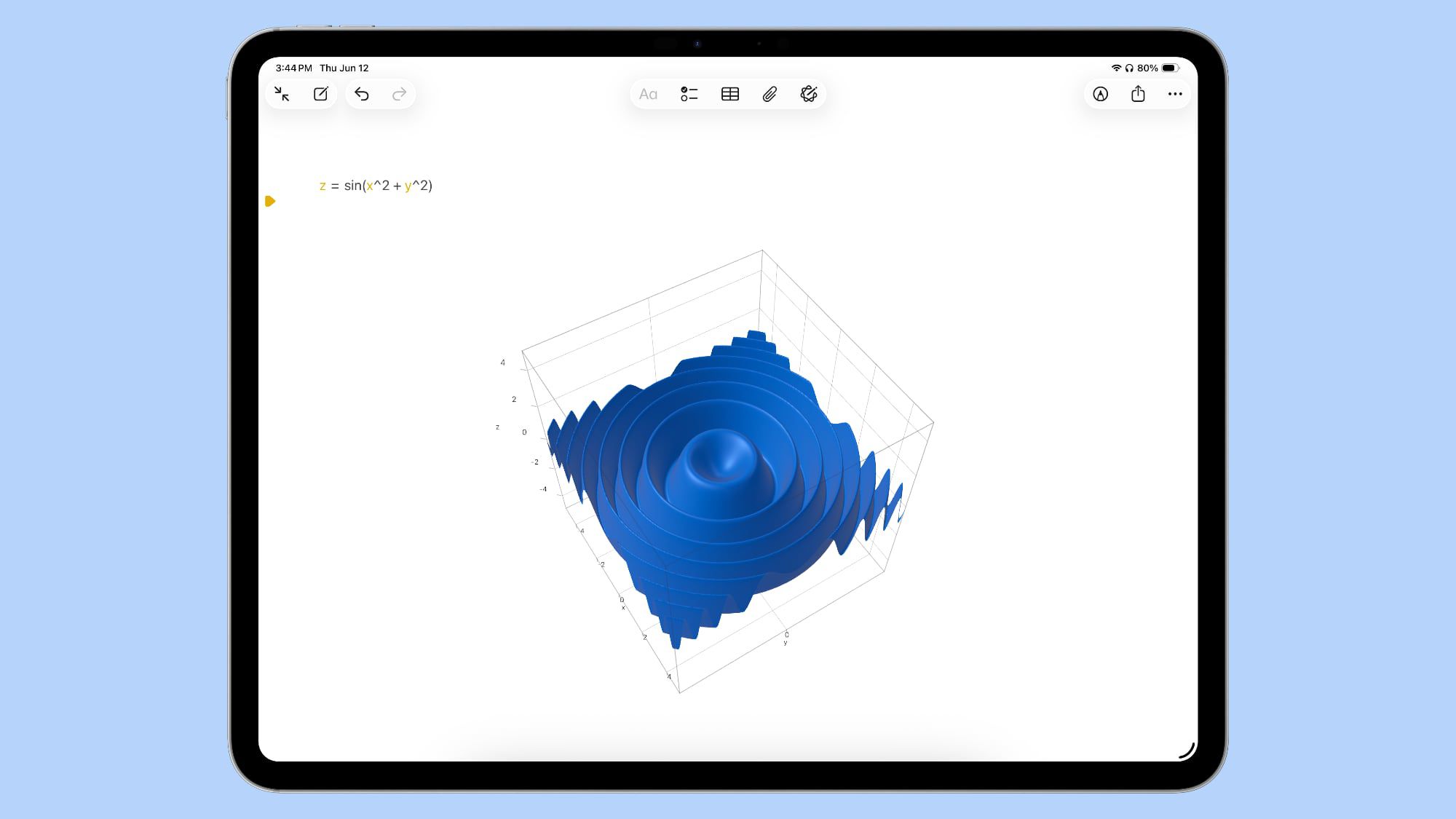
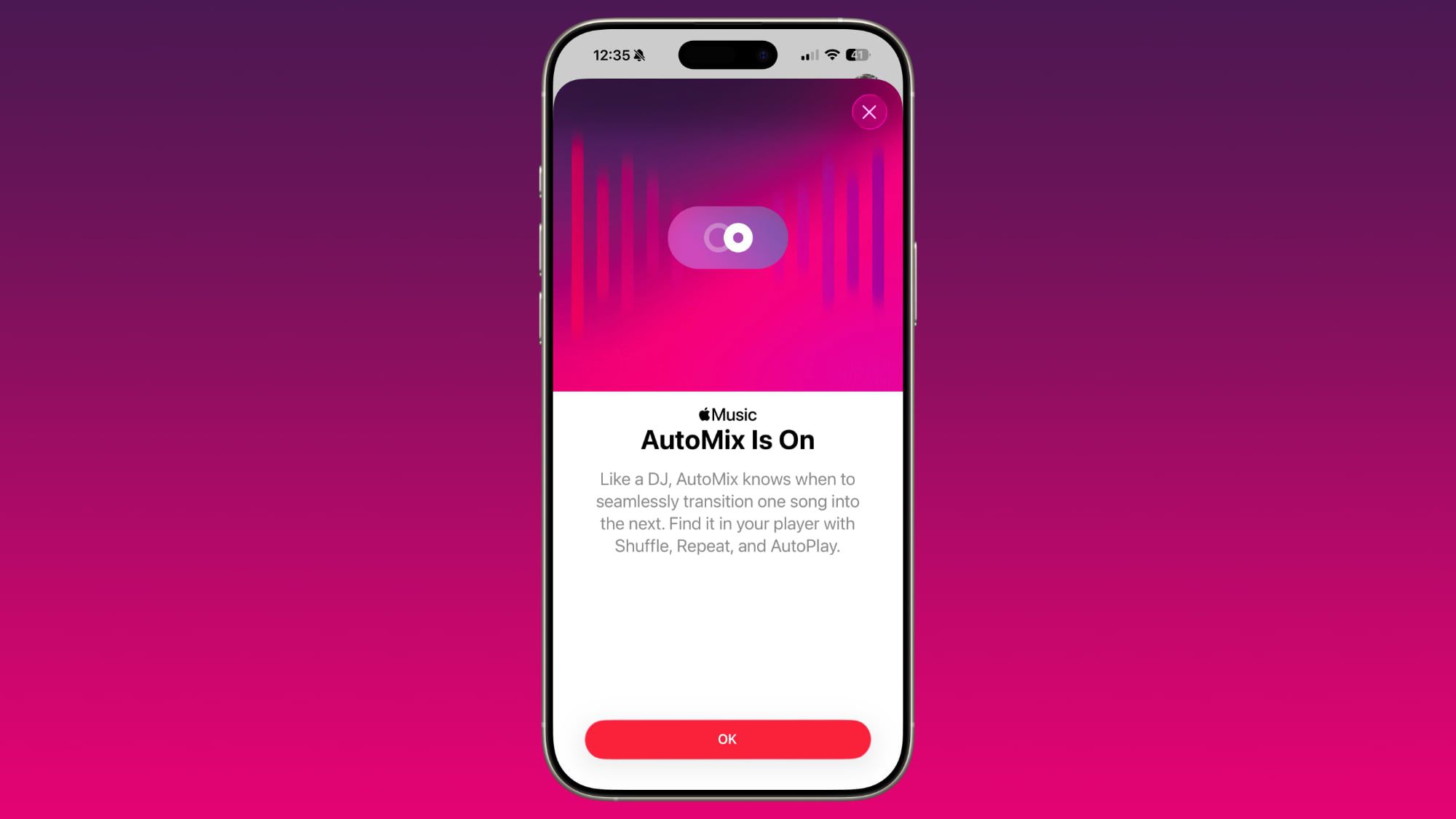












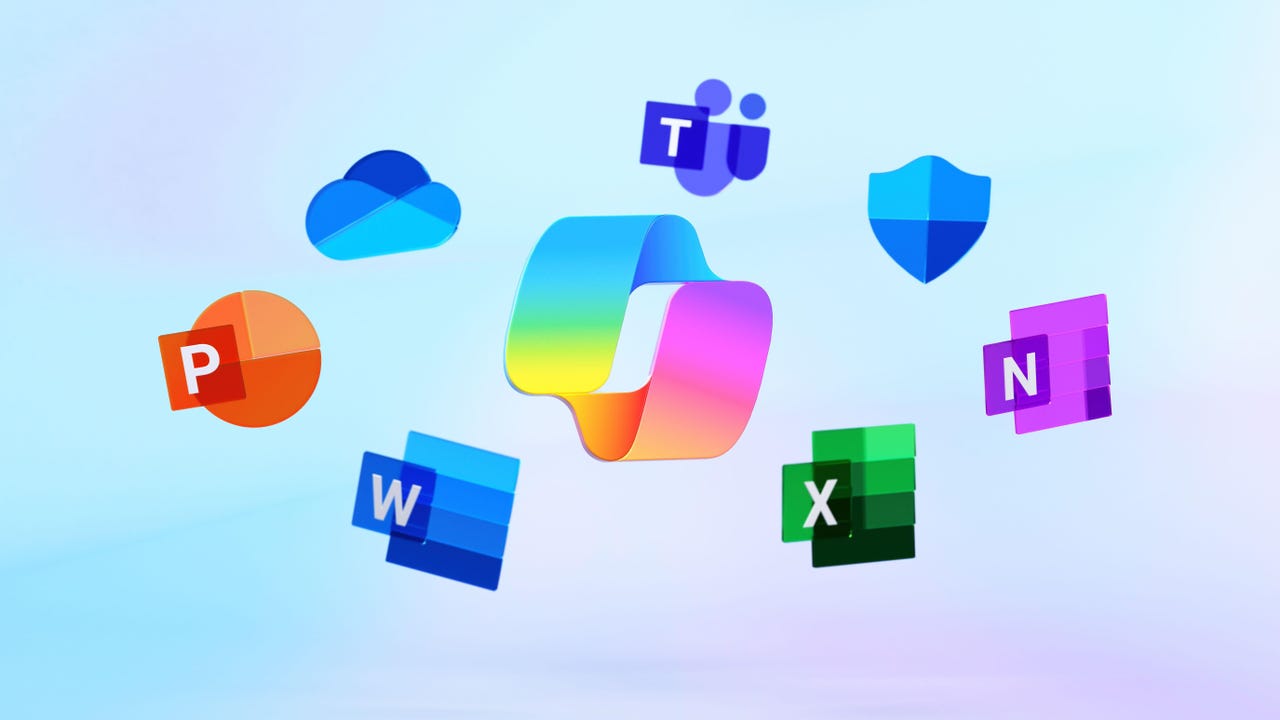













































































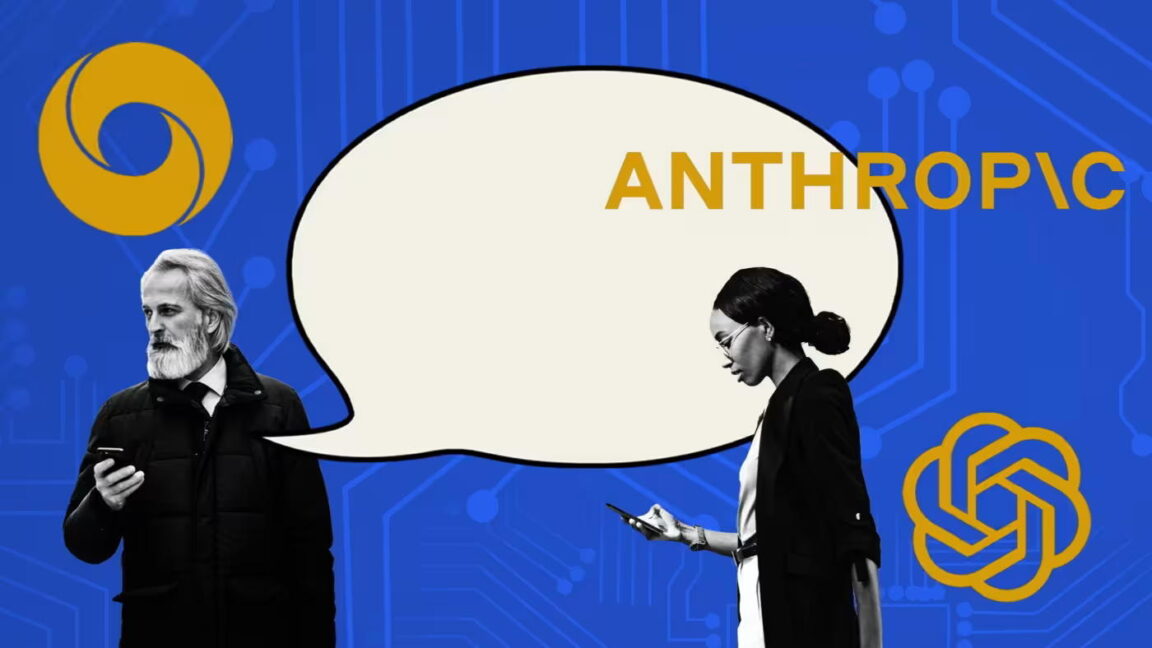

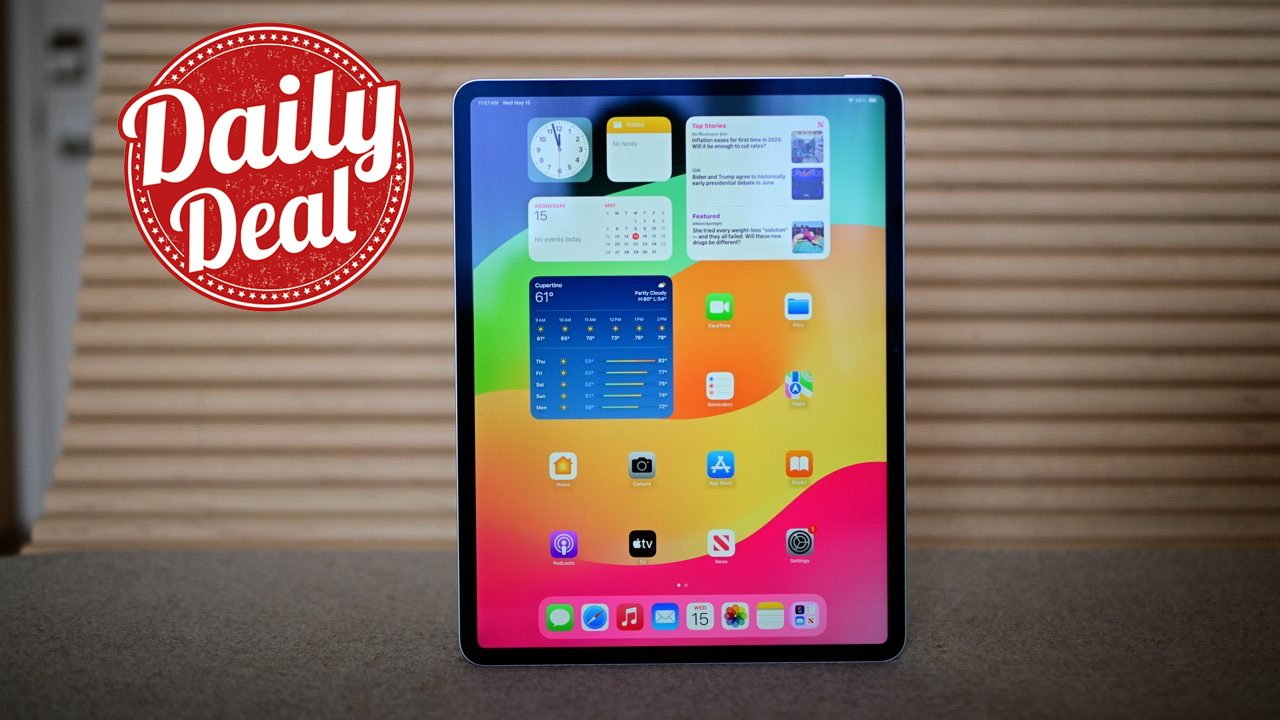


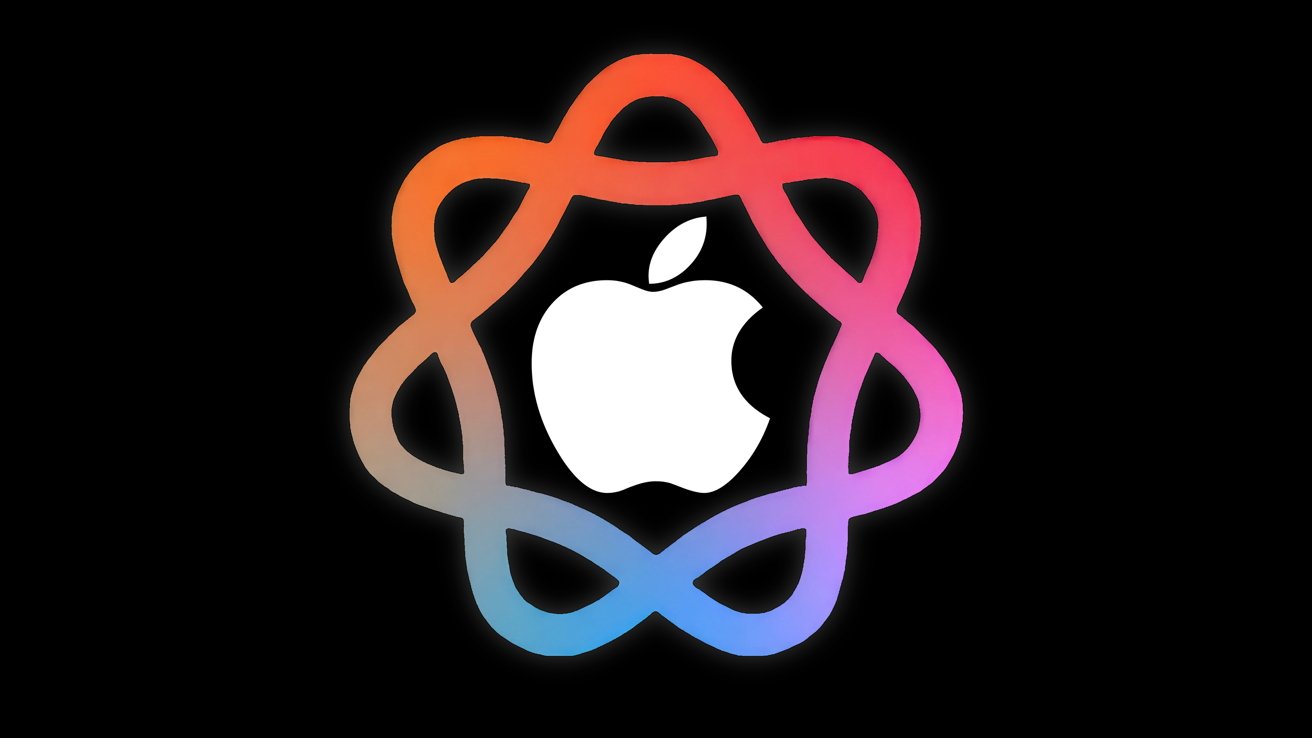




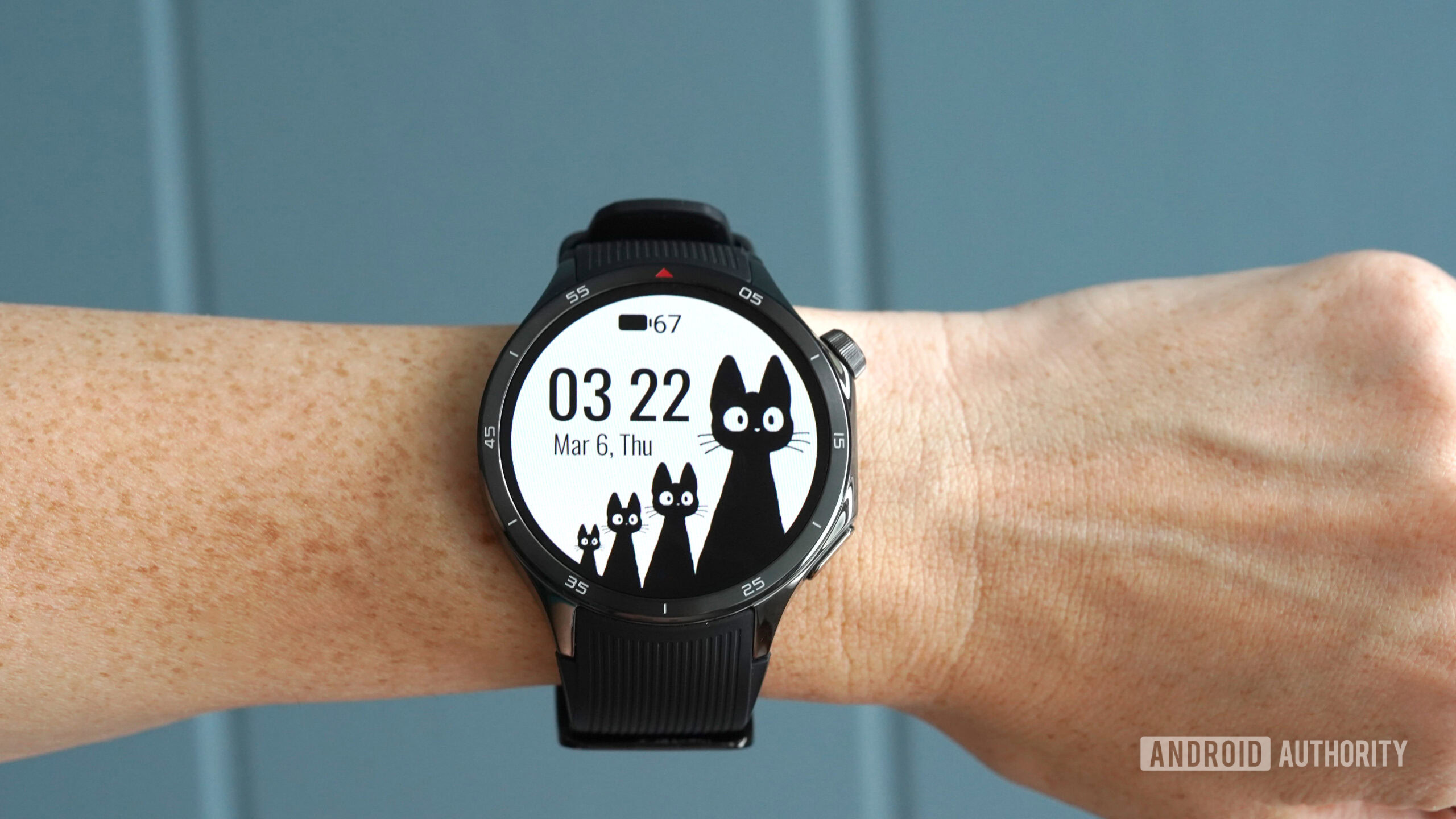
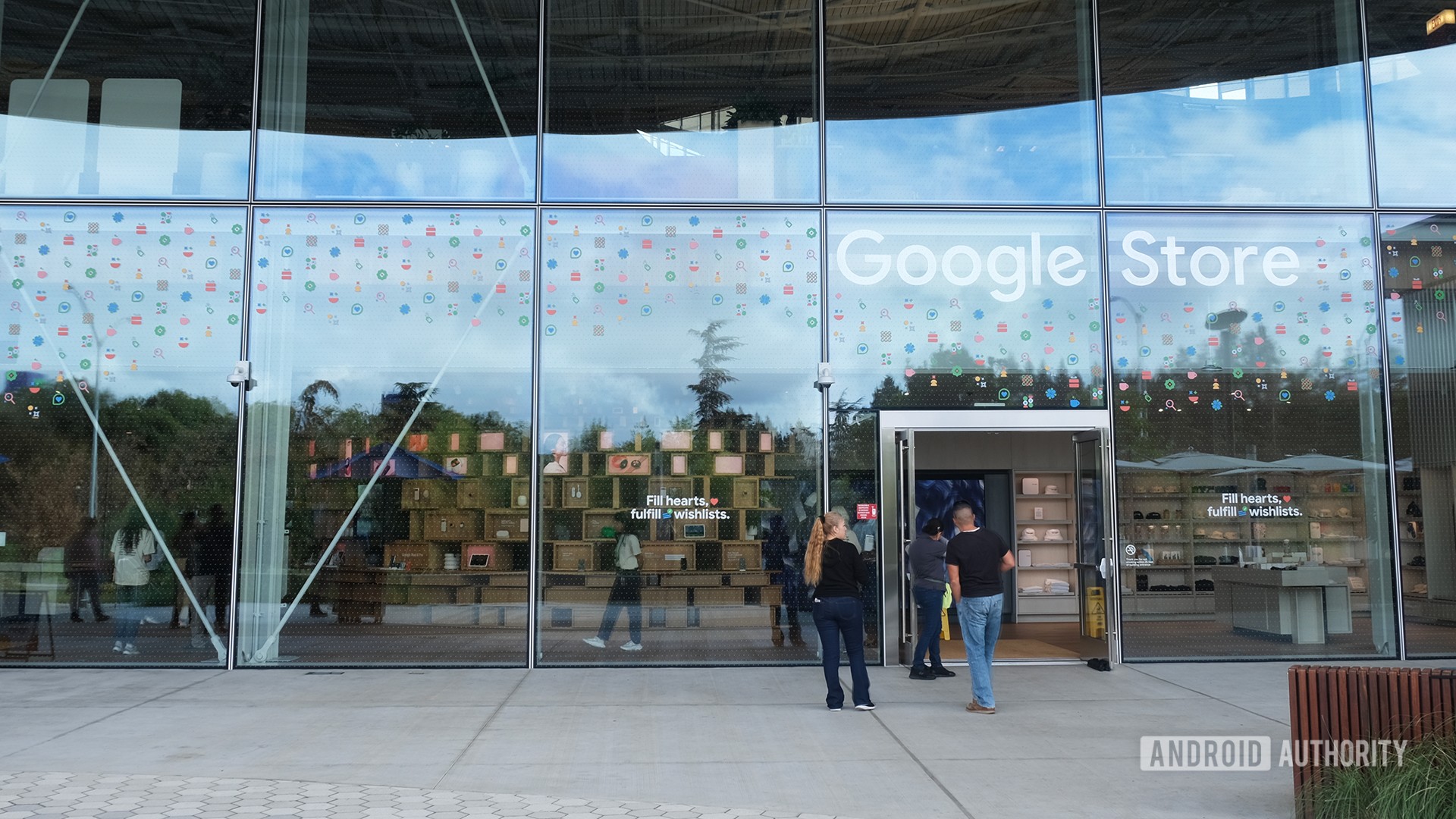

![PSA: Widespread internet outage affects Spotify, Google, Discord, Cloudflare, more [U: Fixed]](https://i0.wp.com/9to5mac.com/wp-content/uploads/sites/6/2024/07/iCloud-Private-Relay-outage-resolved.jpg?resize=1200%2C628&quality=82&strip=all&ssl=1)

















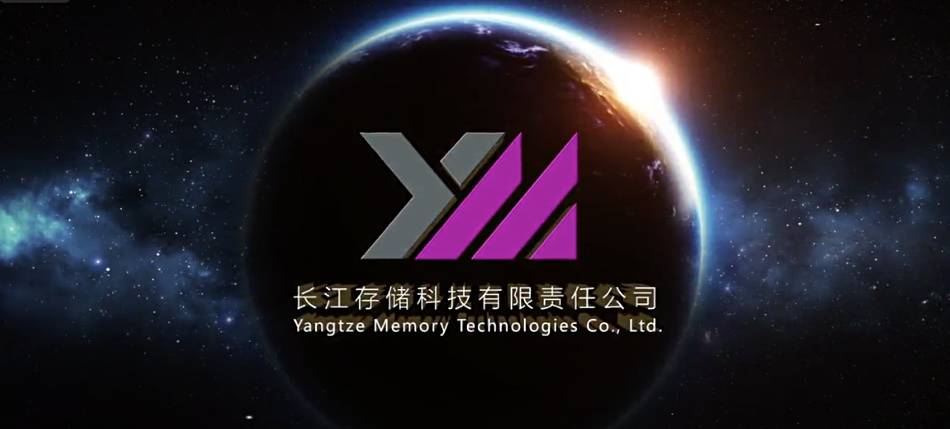



![Apple Shares Teaser Trailer for 'The Lost Bus' Starring Matthew McConaughey [Video]](https://www.iclarified.com/images/news/97582/97582/97582-640.jpg)


















